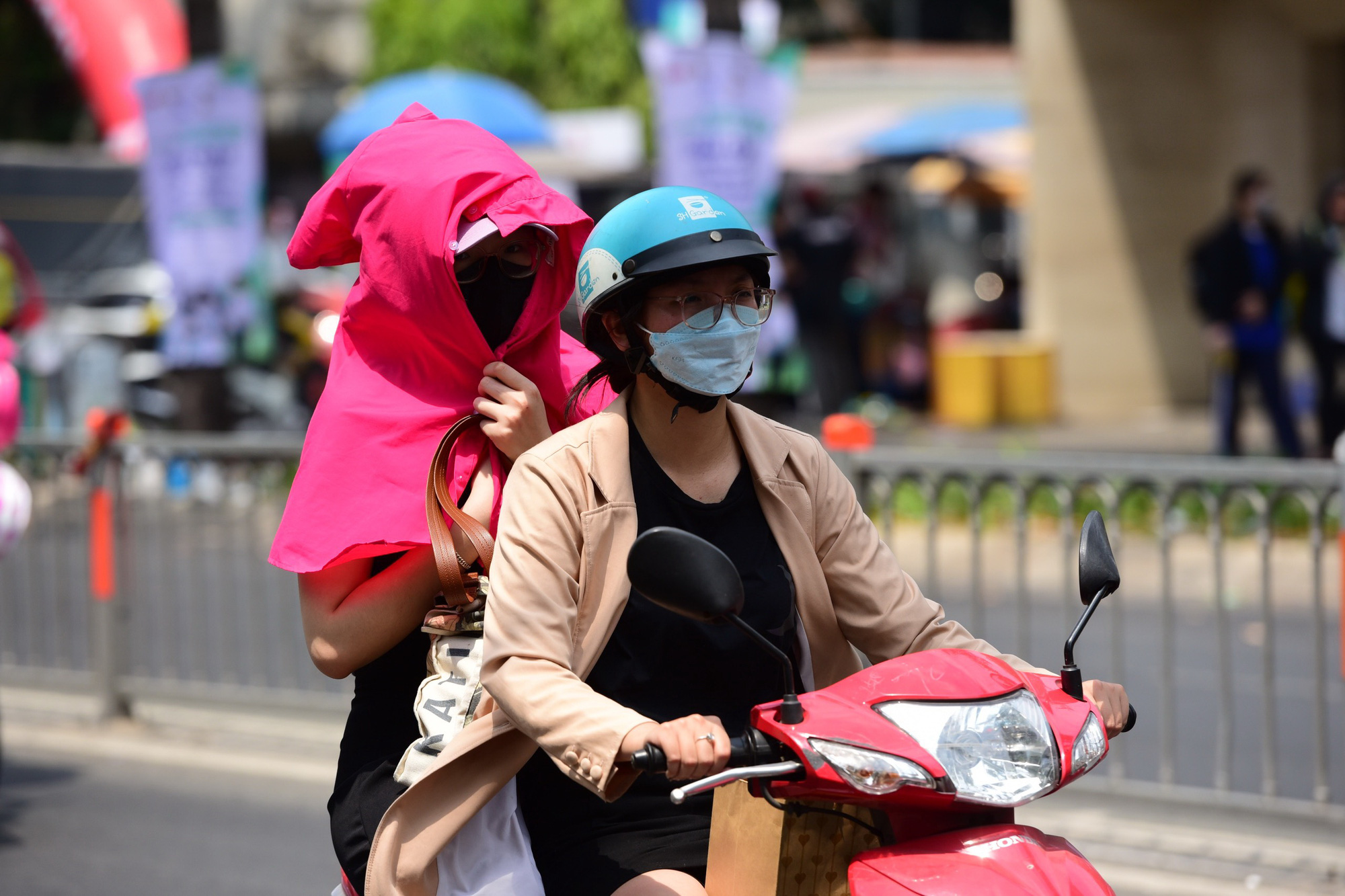
Prolonged intense heat in Ho Chi Minh City has negative impacts on health - Photo: DUYEN PHAN
Regarding skin diseases in hot weather, Dr. Nguyen Thi Hong Chuyen, senior lecturer, Department of Dermatology, Faculty of Medicine, University of Medicine and Pharmacy, Ho Chi Minh City, Head of Dermatology - Skin Aesthetics Unit, Nguyen Tri Phuong Hospital, said:

Dr. Nguyen Thi Hong Chuyen, senior lecturer, Department of Dermatology, Faculty of Medicine, University of Medicine and Pharmacy, Ho Chi Minh City, Head of Dermatology - Cosmetic Dermatology Unit, Nguyen Tri Phuong Hospital - Photo: NVCC
- Some common skin diseases in hot season include acne and prickly heat.
Acne can be aggravated by increased sweat, sebum, dust and external agents that weaken the skin barrier, increase congestion, inflammation and bacterial proliferation, not only limited to the face but can also occur on the chest and upper body such as the back, shoulders and chest.
In addition, infectious diseases such as folliculitis; skin fungus and intertrigo; impetigo, often have a persistent course, or recur due to favorable factors such as poor hygiene, pollution, heat and humidity.
Some typical diseases caused by outdoor activities include: contact dermatitis caused by environmental agents such as plants and animals; sunburn caused by exposure to too much sunlight for a long time; darkening and melasma caused by ultraviolet rays.
In case of severe sunburn, with systemic symptoms such as fainting, fever, fatigue, etc., immediate medical assistance is required to avoid dangerous complications.
* What are the risks of improper skin care in hot weather, doctor?
- Improper skin care during hot weather can damage the skin's protective barrier, causing existing diseases and disorders to flare up more severely.
* So what should we pay attention to when protecting our skin in the sunny season?
- If possible, limit going out during peak UV hours from 10am to 4pm.
Avoid sunburn at all costs. Five sunburns double your risk of cancer. Use a broad-spectrum sunscreen with an SPF of at least 30 and UVA protection (PA is often found alongside SPF) and reapply frequently every 2-3 hours, especially after sweating or swimming.
Take care to protect areas that are easily missed such as the lips, ears, around the eyes, scalp, hands and feet, and neck.
Wear sun-protective clothing, preferably clothing, hats, gloves, etc. made of UV-resistant materials, labeled UPF (Ultraviolet Protection Factor). Clothing should be airy, loose-fitting, and sweat-wicking, and sunglasses should have UV protection.
After sun exposure, you need to rest, replenish water and nutrition. At the same time, you need to clean your skin properly, use creams and masks to help moisturize, soothe and reduce skin inflammation.
* What kind of care do different skin types require during the sunny season, doctor?
- In principle, skin types can change with the seasons, the weather and the physiological stages of each person's life. Therefore, always listen, understand and care for your skin at each stage.
Some general principles to keep in mind include: drinking plenty of water, balancing nutrition, getting adequate rest, and taking care of your skin scientifically with basic steps such as cleansing, moisturizing, protecting your skin, and treating as prescribed if any.
Clean the skin properly and thoroughly, absolutely do not touch or pick at the skin. Do not use scented or perfumed wipes to clean the skin because they can easily cause irritation.
For dry skin, always apply moisturizer and sunscreen for dry skin every day. Avoid using hot water when bathing and washing your face, and do not rub or peel dry skin with your hands.
Oily skin needs broad-spectrum sunscreens for acne-prone, sensitive skin. Use non-comedogenic, non-acnegenic, non-pore-clogging, oil-free skin care products.
Combination skin needs to use moisturizer and sunscreen suitable for combination skin, prioritize using gentle, non-irritating products.
* Is it necessary to wear a mask or a full-face hat when driving a car?
- Ultraviolet rays including UVA, UVB and UVC have different penetrating effects. While UVB and UVC rays can be retained by car glass, UVA rays can still penetrate. UVA is the main culprit causing skin aging problems such as dark spots, wrinkles, sagging skin...
You should apply an additional layer of anti-UV film to your car, thereby ensuring comprehensive anti-UV protection, while also helping the car reduce heat absorption during operation, thereby reducing signs of aging caused by temperature.
If not, you need to protect your skin even when sitting in a car, such as wearing a hat, mask, and sunglasses made of materials that can block UV rays.
Cosmetically treated skin needs careful care.
Depending on the extent of skin damage, your doctor may recommend appropriate sun avoidance. Non-invasive procedures such as non-ablative laser rejuvenation, IPL/laser hair removal, superficial peels, etc. do not require strict sun avoidance; you can still apply sunscreen and use skin protection principles to maintain daily activities.
With invasive skin resurfacing procedures that cause a lot of damage to the skin surface such as laser microdermabrasion, microneedling, and medium-deep peels, the skin needs to be carefully cared for in the first few days because it still secretes fluid and swells. Only when the epidermis is completely regenerated can sunscreen be applied and it is safe to go out.
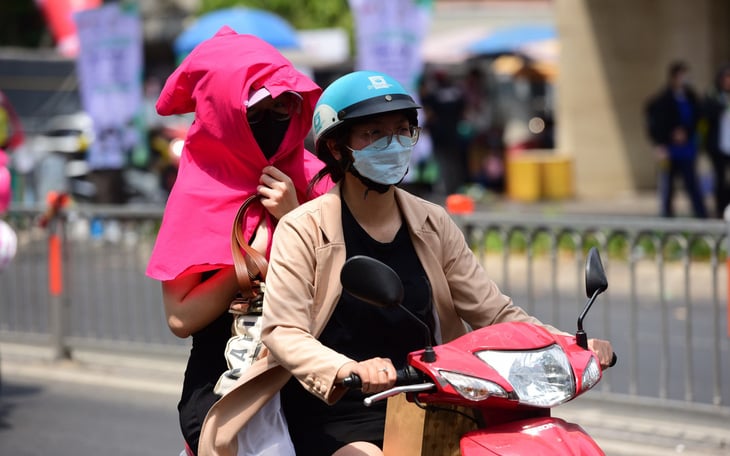 Skin burns, heat stroke due to intense heat
Skin burns, heat stroke due to intense heatSource



![[Photo] Moment of love: Myanmar people are moved to thank Vietnamese soldiers](https://vstatic.vietnam.vn/vietnam/resource/IMAGE/2025/4/3/9b2e07196eb14aa5aacb1bc9e067ae6f)

![[Photo] General Secretary To Lam receives Japanese Ambassador to Vietnam Ito Naoki](https://vstatic.vietnam.vn/vietnam/resource/IMAGE/2025/4/3/3a5d233bc09d4928ac9bfed97674be98)

![[Photo] Special relics at the Vietnam Military History Museum associated with the heroic April 30th](https://vstatic.vietnam.vn/vietnam/resource/IMAGE/2025/4/3/a49d65b17b804e398de42bc2caba8368)










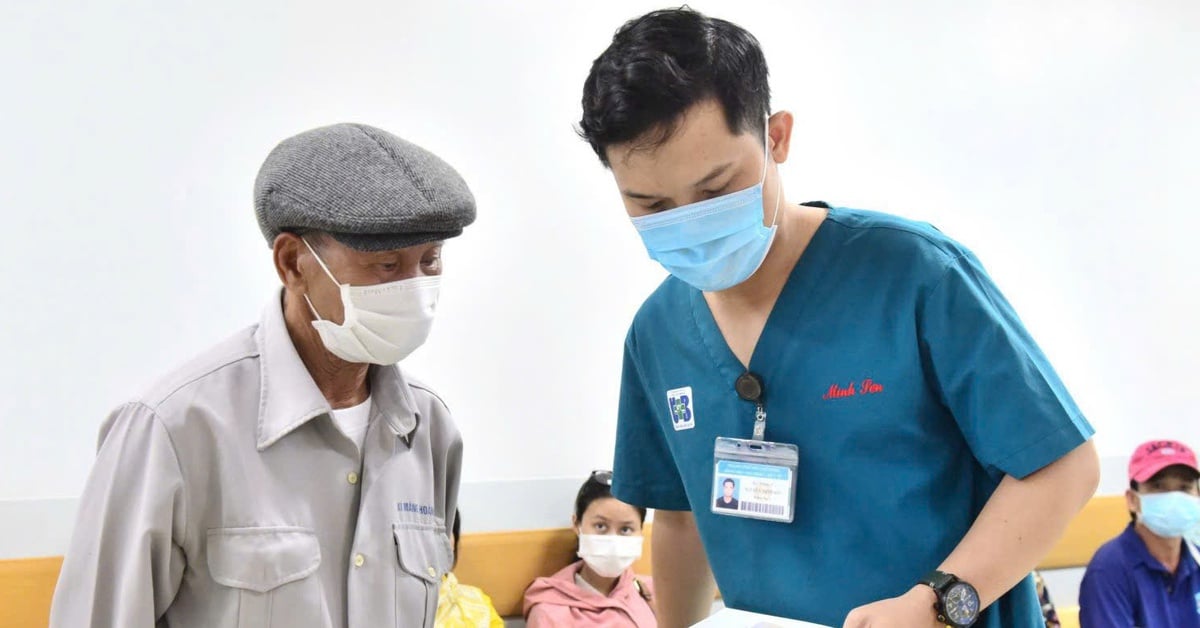









































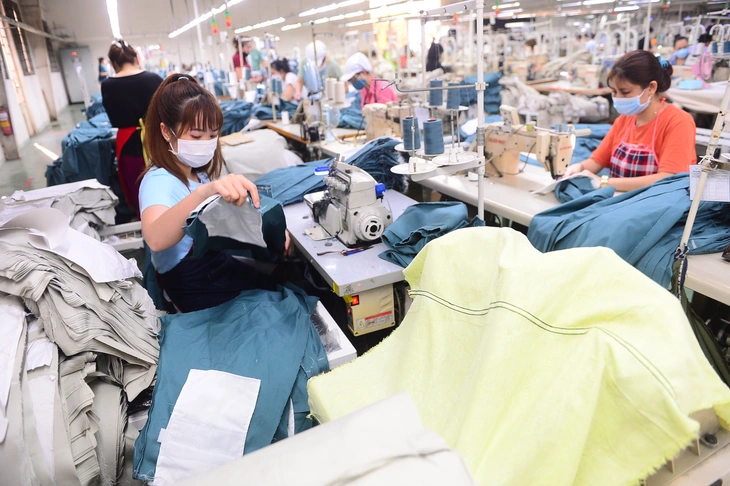
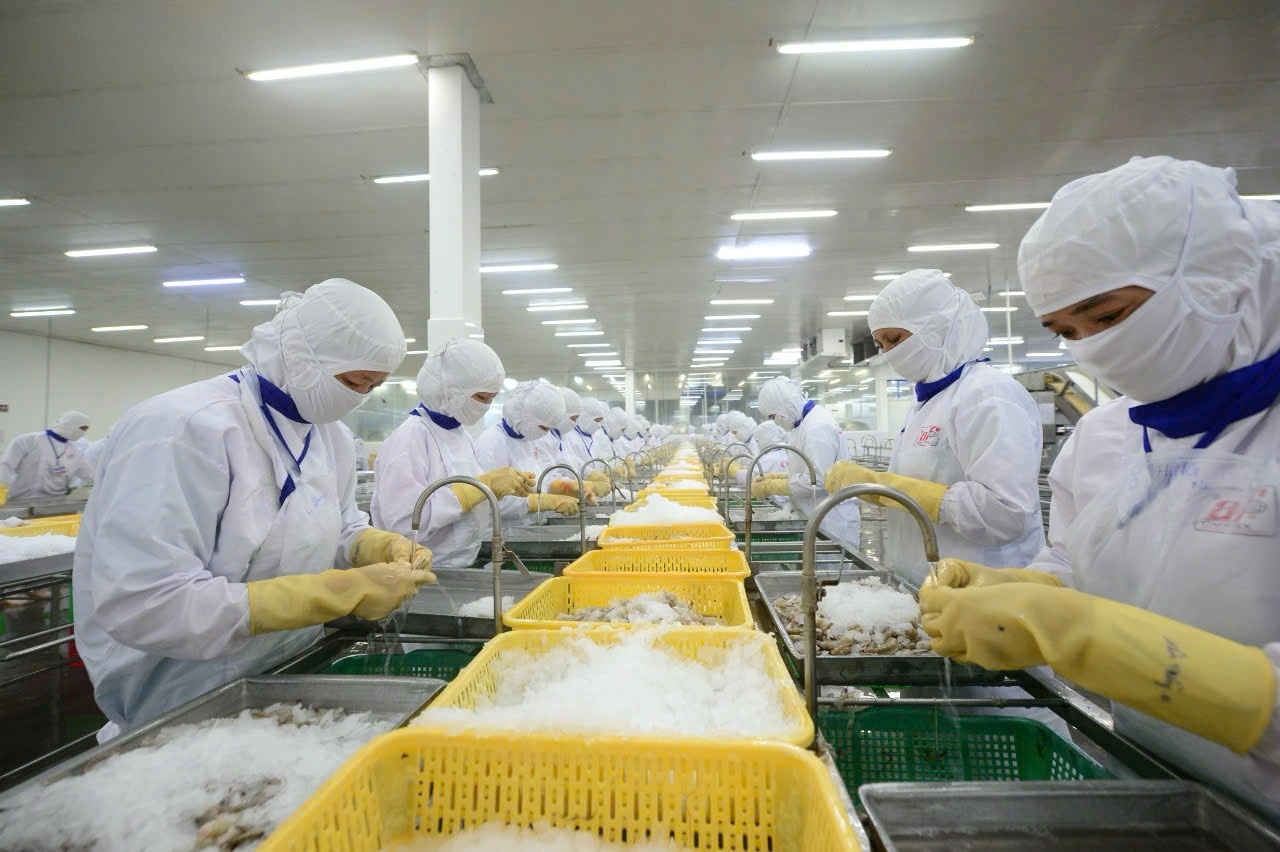

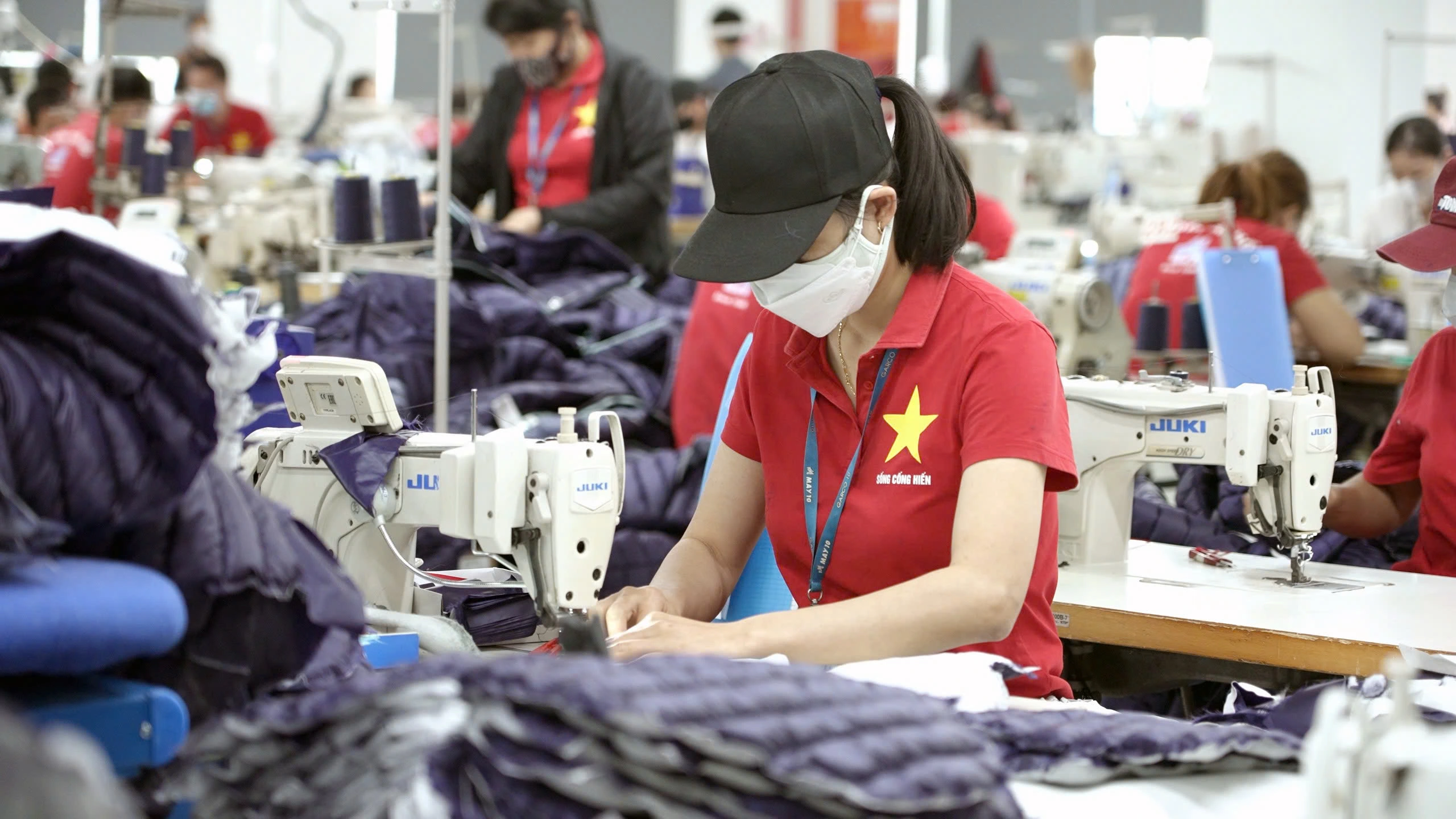





























Comment (0)